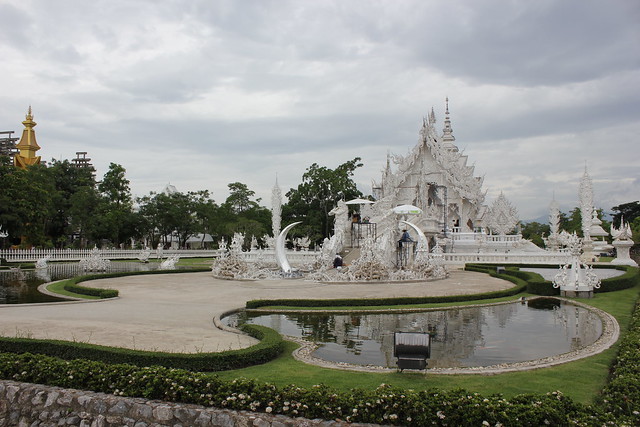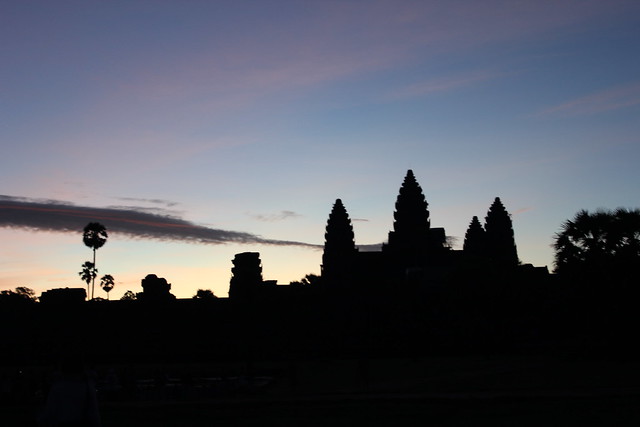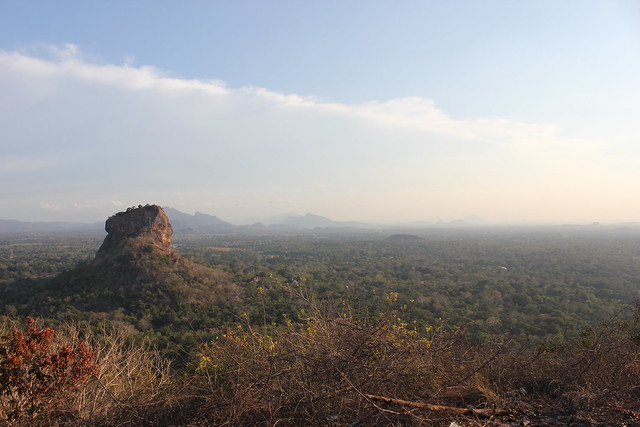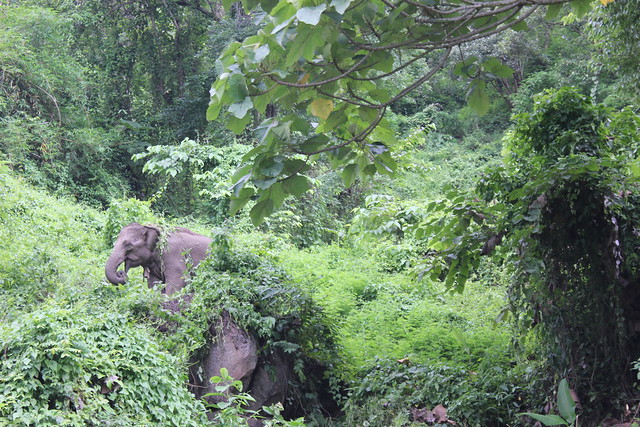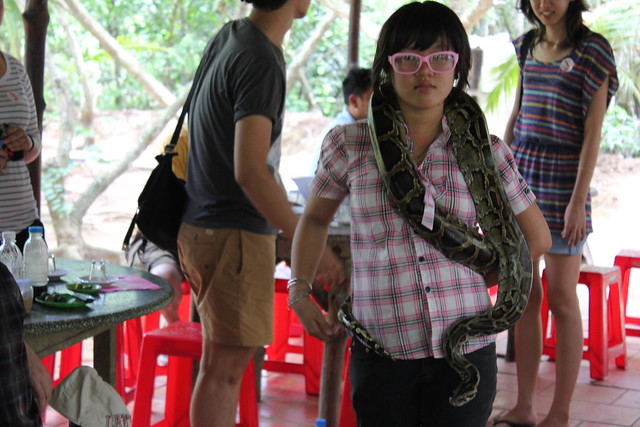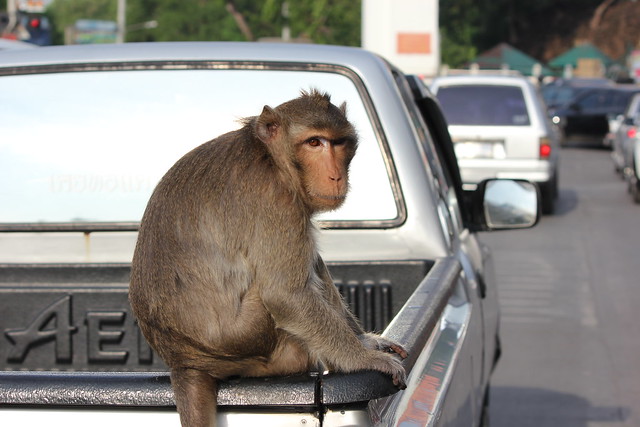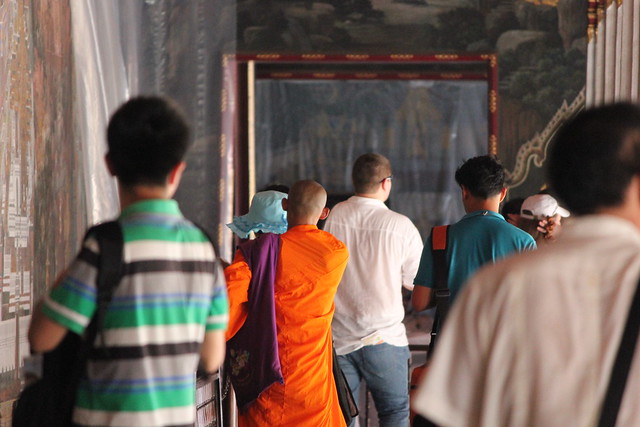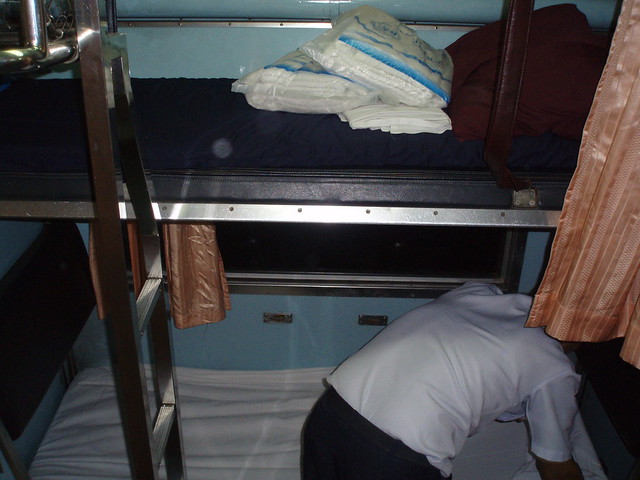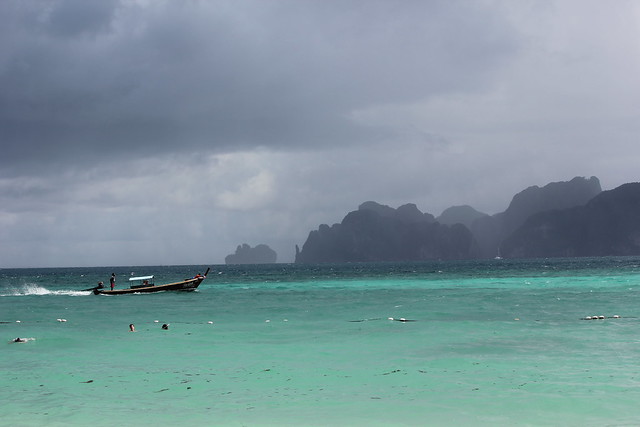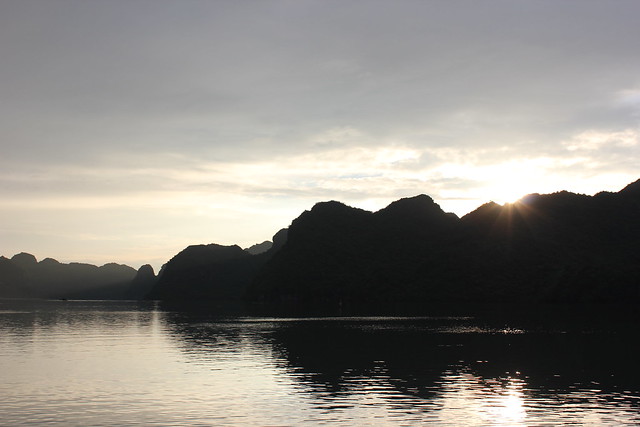 |
| Sunset in Ha Long Bay, Vietnam |
Maybe its because there’s only one main route through Vietnam. Perhaps its because it’s the low season for tourists. Or it could be both, but during this discovery of Vietnam it seems inevitable that you cross paths with people multiple times in different cities and on different tours without knowing each other would be on it.
It began at the start of our Vietnam odyssey on a tour of the Cu Chi Tunnels near Ho Chi Minh City. Five strangers (among others) got on the bus and exchanged pleasantries as travellers do.
“Hi, how are you going? What’s your name and where are you from? How long have you been in Vietnam and what have you done so far? What are your plans?”
You start chatting through the day and you get along fine, knowing that, if their plans aren’t necessarily the same as yours you might not see them again.
The tour ends and everyone goes their separate ways.
Until the next night.
A Dutch girl from the tour and a friend of hers get on a night bus a friend and I were on as we headed to our second stop Nha Trang. Small world.
They’re heading to Mu Nei which is only a few hours from Ho Chi Minh and well before our stop. Again we say goodbye and joke that we’ll probably see them again somewhere.
In Hoi An we see an Australian guy who was also on that Cu Chi tunnel tour. We didn’t really get talking to him and his English girlfriend on the bus, but we acknowledged each other when exchanged glances again. We find out later too that our Dutch friend saw me and my friend on a scooter in Hoi An.
In Hue, we met again when our Dutch friend and her travelling buddy were staying at a hotel across the allyway from us. The hotels themselves were down a long alley which, as a traveller you would be hesitant to go down if you didn’t know what was down there.
And now here we are, the six of us on a two day, one night trip in Ha Long Bay. No planning involved, just a bit of luck (there are a lot of different tour groups which go out into the bay every day) and a growing realisation of the inevitable re-connection with other backpackers.
In Vietnam there really is one well-trodden path which is quite linear (because the country itself is not very wide) and travellers are either heading south or going north. Each trip either starts in Ho Chi Minh City or Hanoi with major stops in Hue, Hoi An, Nha Trang, Mu Nei and Dalat – and each of these places only have a couple of different tours the surrounding areas.
It’s a good feeling meeting people you’re already familiar with because you’ve already dealt with all the formalities of the first meeting and you can just get down to enjoying yourselves.
The Ha Long Bay tour itself is a bit hit and miss. It looks like Milford Sound or the Marlborough Sounds, but dirtier. Firstly, the rain is not ideal, but it does bring the temperature down. Most of the morning is also taken up with the 3 -4 hour trip from Hanoi to Ha Long Bay itself and you don’t actually get on the boat until about 1pm.
The first stop at the Heaven Cave is impressive at first – a wide expanse of stalagmites and stalactites which were discovered by a group of fisherman in 1993 – but the coloured lights which illuminate the rock features give the place a set-like, unnatural and man-made feel. The second stop – kayaking around Ha Long Bay has been the highlight so far though. Getting up close to the large rock formations jutting out of the water makes you feel so small and insignificant as they tower above you. If those rocks could talk they would have amazing stories to tell about Vietnam’s history.
The night is deathly still. Only the distant chugging of a nearby boat, karaoke and the bark of a few dogs pierce the silence.
No moon and the stars are concealed by cloud. A cool breeze - possibly cool enough for a light jacket.
The towering islands now towering silhouettes and only the lights from neighbouring boats cut through the darkness.
A restful sleep in a small cabin shared with small cockroaches later and morning has broken. A meager breakfast of bread, butter and jam and we're spending the rest of the day slowly making our way back to Hanoi (by boat and bus).
And there we are. Standing on a busy Hanoi street corner. The goodbyes are fleeting. We know we'll probably see each other again.
Its just a matter of when and where.
